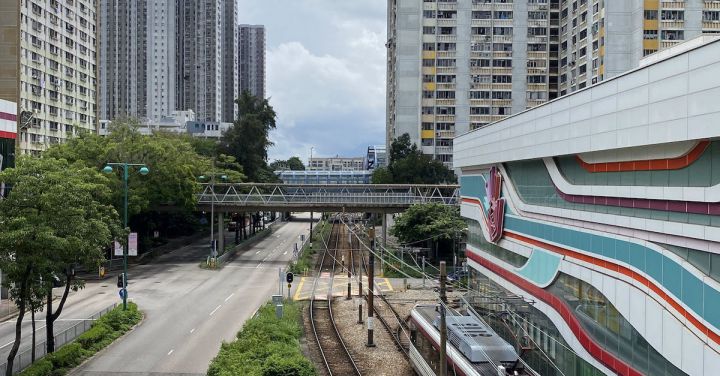Trains have come a long way since their humble beginnings in the early 19th century. From the steam-powered locomotives of the past to the sleek, high-speed trains of today, the evolution of trains has been nothing short of remarkable.
In the early days, trains were a revolutionary mode of transportation. The invention of the steam engine by George Stephenson in 1814 paved the way for the first steam locomotives. These early trains were slow and cumbersome, but they laid the foundation for the future of rail travel.
As time went on, trains became more efficient and faster. The introduction of the diesel engine in the early 20th century allowed for greater power and speed. Diesel-electric locomotives quickly replaced their steam-powered counterparts, making trains more reliable and cost-effective.
But it wasn’t until the 1960s that trains truly began to evolve. The introduction of high-speed trains revolutionized rail travel. The Japanese Shinkansen, or “bullet train,” made its debut in 1964 and quickly became a symbol of Japan’s technological prowess. With speeds reaching up to 200 miles per hour, the Shinkansen transformed long-distance travel and set the stage for the development of high-speed rail systems around the world.
Today, high-speed trains are a common sight in many countries. From the TGV in France to the Eurostar in Europe, these trains can reach speeds of over 300 kilometers per hour, making them a convenient and efficient mode of transportation for both passengers and cargo.
But the evolution of trains doesn’t stop at speed. In recent years, there has been a focus on creating more environmentally friendly trains. Electric trains, powered by overhead wires or third-rail systems, have become increasingly popular. These trains produce zero emissions and are quieter than their diesel counterparts, making them a more sustainable option for the future of rail travel.
In addition to speed and sustainability, trains have also become more luxurious and comfortable. Modern train interiors are designed with passenger comfort in mind, offering amenities such as spacious seating, onboard Wi-Fi, and even dining options. Some trains, like the Orient Express, have even become synonymous with luxury and opulence, offering passengers a unique and memorable travel experience.
The evolution of trains is not limited to passenger travel. Freight trains have also seen significant advancements over the years. From the introduction of containerized shipping in the mid-20th century to the development of high-capacity freight trains, the transportation of goods by rail has become faster and more efficient. Freight trains now play a crucial role in global trade, transporting goods across vast distances with ease.
As we look to the future, the evolution of trains shows no signs of slowing down. The development of maglev trains, which use magnetic levitation to eliminate friction and allow for even greater speeds, holds great promise for the future of rail travel. Additionally, advancements in automation and artificial intelligence have the potential to further improve the efficiency and safety of trains.
From their humble beginnings as steam-powered locomotives to the high-speed, environmentally friendly trains of today, the evolution of trains is a testament to human ingenuity and innovation. As technology continues to advance, it’s exciting to think about what the future holds for this incredible mode of transportation.
